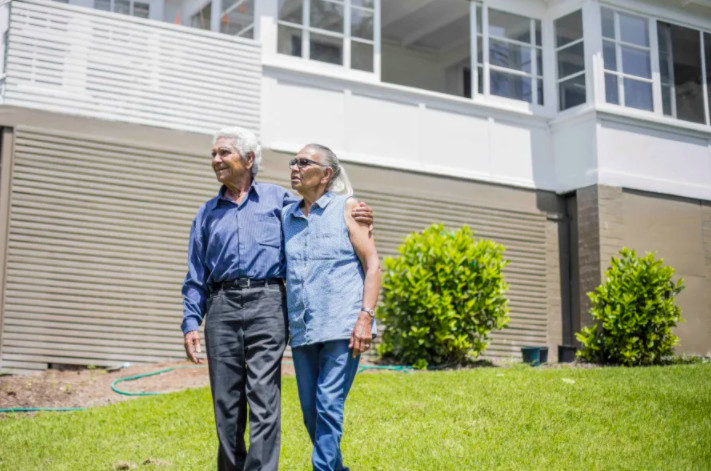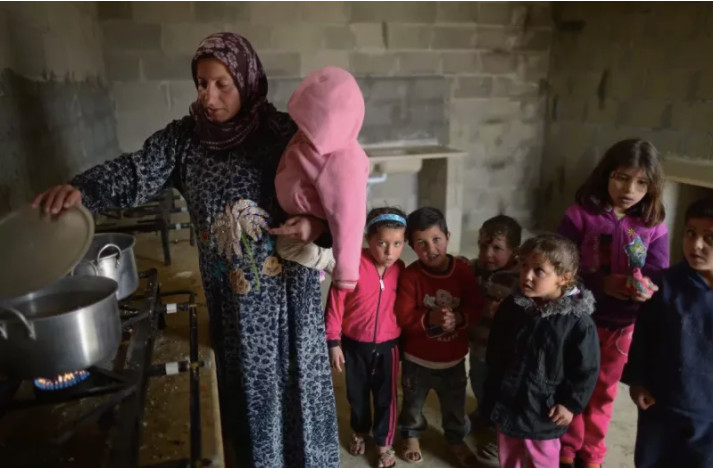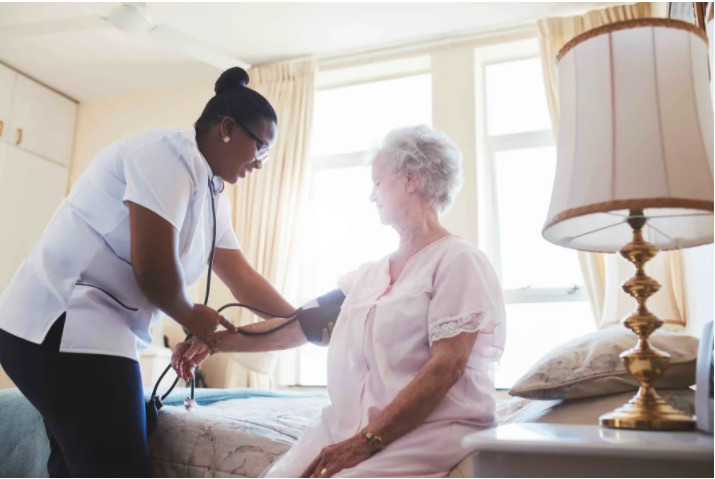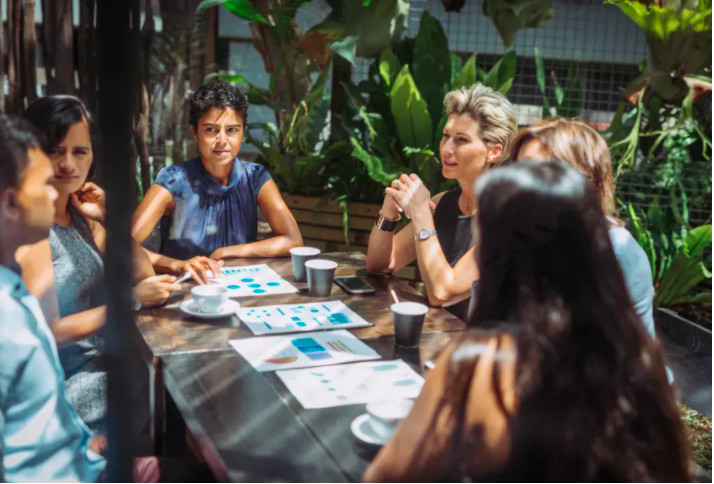
Health & Medicine
Protecting people with disability during the pandemic

‘One-size-fits-all’ won’t work for COVID-19; research and policy must include intersecting factors like gender, age, indigeneity, disability, geography, socio-economic and refugee status
Published 6 May 2020
In this COVID-19 pandemic, emerging popular refrains like ‘we’re all in this together’ and ‘we will come through this together’ echo across media.
But who is this ‘we’?
While it’s true that the entire globe is being affected by the new coronavirus, health risks, experiences and outcomes aren’t the same for everyone.

The pervasiveness of COVID-19 and its widespread and potentially long-lasting burdens on societies and systems is, as the UN General Secretary has stated – the most challenging crisis we have faced since World War II.
The outbreak has prompted several calls to better understand its differential impacts and to attend to the special needs, vulnerabilities and violations experienced by migrants, people with disabilities and the elderly.

Health & Medicine
Protecting people with disability during the pandemic
Recent commentaries have also called to attention the different impact of COVID-19 on women and girls and the importance of examining gendered dimensions of the pandemic, and the lack of gender expertise and analysis in pandemic planning.
What is urgently needed, for the ‘pandemic era in which we live’ is a broader and more sophisticated analysis of COVID-19 that moves beyond thinking about any one group or any one factor but takes into account multiple inequalities and disadvantages.
What is needed is an intersectionality-informed analysis.
Intersectionality promotes an understanding of human beings as shaped by the interaction of different social factors or ‘locations’, including gender, ‘race’/ethnicity, indigeneity, class, age, sexuality, geography, age, disability/ability, migration or refugee status and religion.
These interactions occur within a context of connected systems and structures of power like laws, policies, governments, religious institutions and the media. Through processes like these, interdependent systemic bases of privilege and oppression are created from colonialism, imperialism, racism, homophobia, ableism and patriarchy.

Intersectionality focuses on multiple and intersecting factors to uncover how differently situated groups and populations, across diverse geo-political contexts, are experiencing COVID-19.
It shows that people can belong to more than one social grouping at the same time because of interacting factors and influences, like for example an elderly Indigenous woman with disabilities living in a remote community.

Politics & Society
Detention increases COVID-19 health risk
Intersectionality enables us to challenge simple comparisons between men and women to ask for example, which women and which men are disproportionately affected by COVID-19? We can then investigate what actions can be taken to provide supports and responses to those who are most at risk and disproportionately affected by this pandemic.
For example, while both sexes currently appear equally at risk, proportionally more males than females die of COVID-19. Emerging assumptions are that this is due to sex-based immunological differences, as well as smoking and drinking patterns, and general health patterns, which are amplified in low- and middle-income countries.
However, frontline health and social care providers, the majority of whom are women (70% globally), as well as those providing essential services, have a disproportionately high risk of infection as well as of transmitting the disease.
Their experiences are further shaped by the health systems and policies in their geographic location, as well as for example, access to appropriate personal protective equipment (PPEs).
Intersectional analysis also reveals how policies impact people differently.
Overcrowding, precarious housing or homelessness make self-isolation especially difficult for poor, minority populations and for people in low- and middle-income countries.

Migrants and refugees in camps and detention facilities, and people living in poverty may be unable to access resources needed for preventive measures, like hand sanitisers and water for hand washing, or practice physical distancing.
Quarantine measures pose significant risks for women and children experiencing domestic abuse. Reports from several countries, including Australia, China, Brazil, Germany and the UK, show increased rates of sexual and gender based violence.
It is important to note, however, that these experiences won’t be uniformly experienced by for example older women, those with disabilities, or migrants. And, each country will also have different responses in terms of supports and services available.

Health & Medicine
Protecting our ageing population from COVID-19
There are a number of possible actions that can be taken to implement an intersectionality-informed approach to public policy and decision making, including moving beyond purely sex disaggregated data (data that is presented separately for men and women). We need to include for example ages, disability, geographic location, socio-economic status, and migrant status.
Collecting diverse data and contextualising it with a person’s social location within their household, community and the wider health system, and undertaking an intersectional analysis of national and global responses are also important.
In reporting the effects of pandemics, individual and group experiences must be placed in broader contexts.
Social forces, which include socioeconomic and political context, governance, policy, and cultural and societal values and norms, influence a person’s social position within their household, community and the wider health system.
Special consideration should also be given to how experiences of and responses to COVID-19 are influenced by globalisation, capitalism, urbanisation, war, conflict, climate change, racism and xenophobia.

Broadening bailout and stimulus packages to prioritise those most at risk, identifying resourcefulness, resilience, agency, strength and developing engagement mechanisms among affected populations – taking into account intersecting inequalities – is critical.
Making policy responses beed to be cross-sectoral, coordinated and committed to leadership diversity – to date policy making has been dominated by white, Christian, cis-gendered, heterosexual, able-bodied wealthy men.
For example, women from low- and middle-income countries comprise just five per cent of leadership positions in global health organisations.
By making national and international policy spaces truly representative, the substantive participation of women and people from minority caste, religious, ethnic/race backgrounds could positively impact the health of millions in the future.
This piece is based on an original policy brief: Beyond sex and gender analysis: an intersectional view of the COVID-19 pandemic outbreak and response
Banner: Getty Images